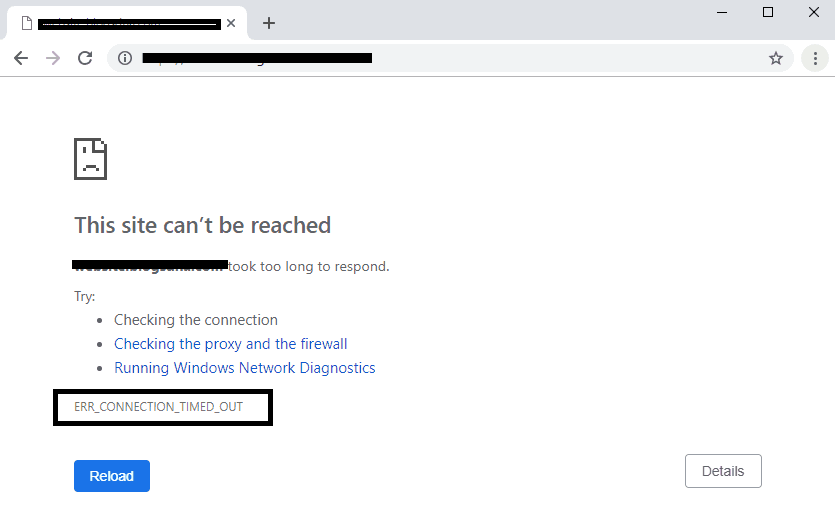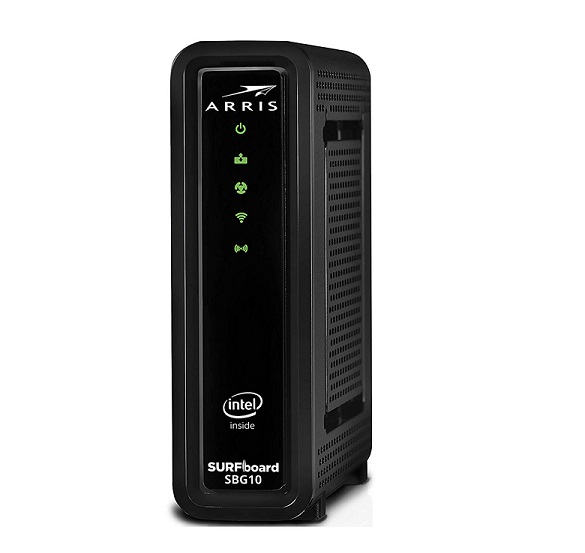A hard drive is a physical component on which data may be stored and from which software and operating systems can be accessed. If there isn’t enough space on the computer, you won’t be able to download any programmes or save any data.
In addition, there are a number of potential issues that can arise with your computer, including a crash.
Because of this, it’s important to monitor disc space consumption closely if working on a personal computer. Many individuals are still running Windows 7, so instructions on how to do so are in high demand. Users of Windows 7 will find an explanation for this issue in this post.

What is Taking Up Space On My Hard Drive Windows 7: How to View It in File Explorer
Step 1: Find out if there is any free space or a drive letter-less partition. Partitions and unallocated space that don’t have a drive letter assigned to them will be invisible to the operating system and cannot be accessed.
- To access the computer’s administrative tools, open a new tab and enter “computer management” in the search bar.
- To access the Computer Management tool, select it from the list of results and click Open.
- Storage > Disk Management is where you’ll find this feature in the application. Examine the unallocated space and any partitions that don’t have a drive letter.
- There is typically no free space or partitions lacking a drive letter (except for the system reserved partition). Proceed to the following step.
Step 2: Second, either select the Windows Explorer button on the Taskbar or the My Computer shortcut on the desktop. Select Computer to view the total size and remaining capacity for each drive.
When you right-click on a drive and select Properties, you’ll be taken to a window that displays extensive statistics on the disk’s current and past activity. After that, a window similar to the one in the following image will appear:
You may view the overall capacity, the amount of free space, and the amount of space currently being used under the General menu item. Also, you can get a good visual of how much space is being utilised on this or other devices thanks to the pie chart that displays the ratio of used to free storage space.
If there isn’t Enough Free Space on the Drive, What to do
If you want to know if your computer has enough free space, you can do a check of the hard disc space. If there is enough empty space on the drive, then everything is fine. But what if there isn’t enough empty space on the disc? Here are several ways to clear off space on your Windows 7 computer.
Solution 1: Utilize a disc cleanup utility A New Operating System: Windows 7
Delete downloaded programme files, temporary internet files, the recycle bin, setup log files, temporary files, and thumbnails with the help of Windows’ built-in Disk Cleanup tool. As a rule, you can safely delete these old documents. Windows 7 storage space can be recovered by deleting these items. Listed below is a basic outline:
- The Computer folder can be accessed by selecting it in the Windows Explorer menu.
- When you need to make some room, right-click the drive in question in the right pane and select Properties.
- Disk Cleanup can be found under the General section of the menu.
- If you want to delete some files, you may do so by selecting them in the Disk Cleanup box and then clicking the OK button.
Click the Clean up system files button if you need to free up space, and then select the appropriate items to delete from the Files to delete box. Windows Update Cleanup, System archived Windows Error Report files, Temporary Windows installation files, and Service Pack Backup Files are some of the new alternatives.
Select the files you want to delete and hit the OK button. Please read the Description box if you’re unsure what these files are for.
Solution 2: Relocating or Deleting Private Documents
Do you have too many private documents on your computer? Materials like films, images, and papers are examples. If that’s the case, you can free up space on Windows 7 by transferring files to an alternate storage medium, such as an external hard drive or the cloud.
Don’t feel obligated to keep these files around if you don’t need to. However, you must empty the Recycle Bin when the time comes.
Solution 3: Remove Unused Applications.
Disk space may be an issue if you have a lot of software loaded on your computer. In this scenario, you can try to remove the programme by following these instructions:
- The Control Panel can be accessed by clicking the Start button.
- Select the software you wish to remove and click its Uninstall button in the Programs menu (in Category view).
- To remove a software, select it, then click the corresponding Uninstall button.
- To confirm the uninstallation, click the Yes button.
In Conclusion
Is there anything you need more clarification on in this post? Does Windows 7 offer any alternate ways to determine storage capacity? In Windows 7, do you know of any other ways to delete unnecessary files? In the space below, you’ll be able to share your thoughts.





Leave a Reply